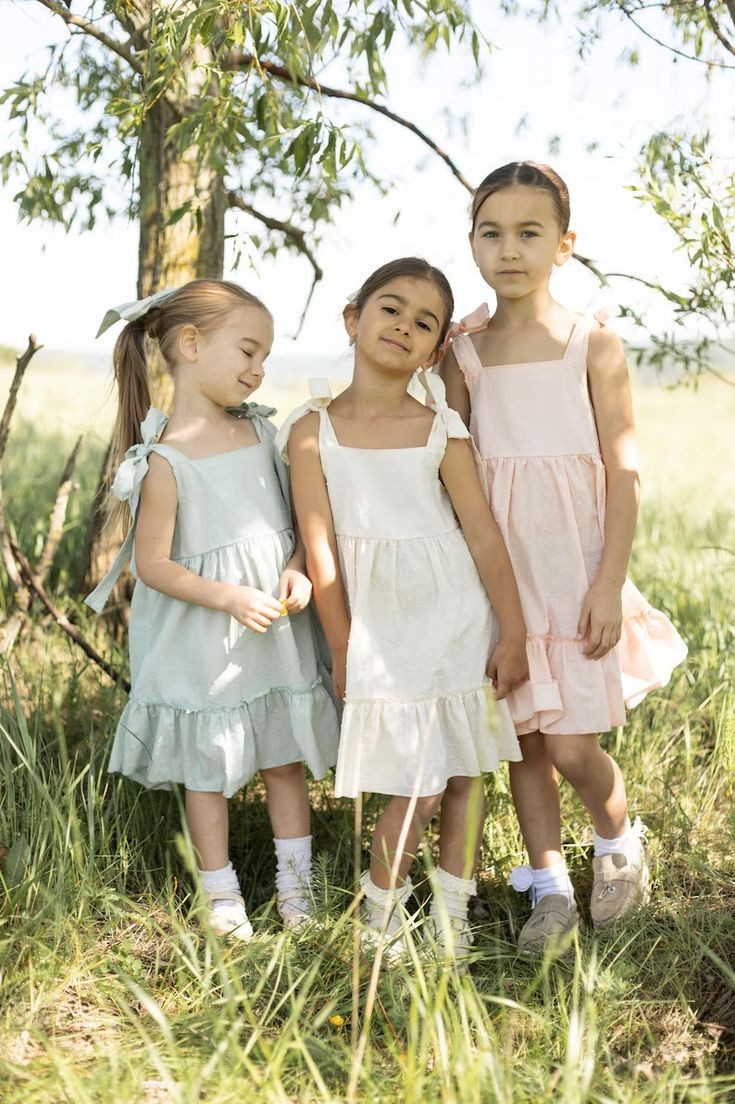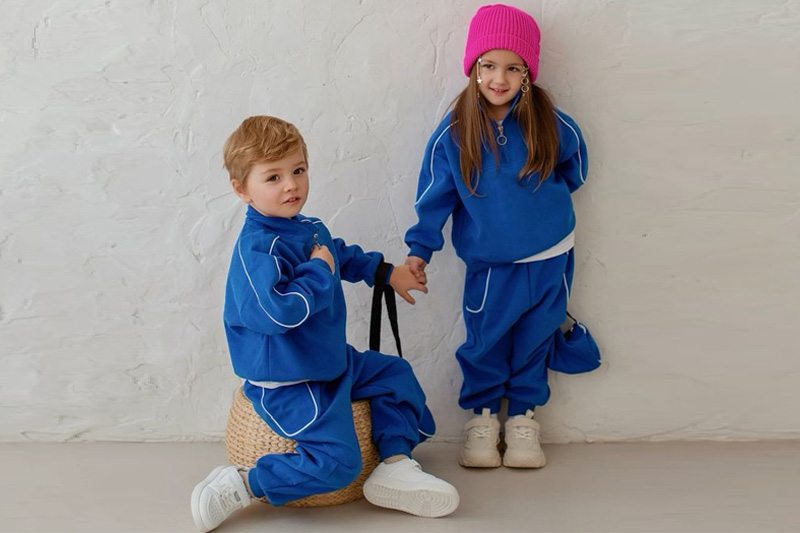Let’s be honest—kids grow fast, get messy even faster, and go through clothes like socks vanish in the laundry. But lately, I’ve been asking myself: what happens to all those outgrown shirts and retired leggings? That question led me down the path of sustainable design. Not just buzzwords—real changes, woven right into every fabric and pattern we choose.
Sustainable design in kidswear means choosing materials, styles, and production methods that reduce waste and environmental harm. From using organic or recycled fabrics to designing timeless, durable pieces, the goal is to create clothes that last longer, feel better, and support responsible sourcing. For parents, it’s about knowing their kids look good—without compromising the planet’s future.
It’s not just about looking eco-friendly. It’s about designing with a conscience—from the first sketch to the final stitch.
How can sustainability be woven into every design decision we make?
Sustainability isn’t just a label—it’s a lens. One we can use to rethink every design choice, big or small.
Sustainability in fashion starts at the design stage: picking long-lasting fabrics, creating patterns that reduce textile waste, and choosing timeless colors and silhouettes that won’t go out of style in a month. Even small steps—like fewer trims or smart packaging—make a difference. When baked into the design process, sustainability becomes a habit, not a marketing strategy.
It’s like cooking from scratch—what you put in early shapes the entire dish.
Dive deeper: From sketchpad to shipping box—where design meets responsibility
At Taian Lianchuang Textile Co., Ltd, we’ve had plenty of conversations with buyers asking for “more sustainable designs.” At first, it sounded vague. But once we broke it down, we found specific, doable actions in every stage of our work.
Choosing the right fabrics
The fabric is the heart of the garment. If we choose better here, everything else flows from that.
| Fabric Type | Why It’s Better | Notes |
|---|---|---|
| Organic Cotton | Grown without harmful chemicals | Slightly higher cost |
| Recycled Polyester | Gives plastic bottles new life | Great for activewear |
| Tencel (Lyocell) | Biodegradable & super soft | Excellent drape, eco process |
We started offering organic options in our kidswear line—not just because it’s trendy, but because we knew parents cared about what touches their children’s skin.
Smarter silhouettes = longer life
Instead of overly trendy cuts, we lean toward timeless basics: joggers that work year-round, dresses that layer easily, tops that don’t scream “last season.”
Even better? Unisex designs. That way, pieces can be handed down without fuss—saving money and reducing waste.
Less waste in production
Did you know the layout of pattern pieces affects how much fabric ends up in the trash? We didn’t, until we sat with our cutting team and realized we could reduce waste by repositioning our patterns by just a few centimeters.
That tweak alone cut our fabric waste by 8%. It’s not magic. Just mindfulness.
Packaging that doesn’t make you feel guilty
We’ve shifted to biodegradable packaging or minimal wrapping for some collections. We’re not 100% there yet—but we’re moving, box by box.
Is timeless style the first step toward reducing fashion waste?
Trendy is fun—but let’s be honest, trends fade. Fast.
Designing timeless kidswear—classic cuts, versatile colors, and unisex shapes—helps reduce fashion waste. When a piece looks good across seasons and genders, it’s more likely to be reused, handed down, or resold, rather than tossed. That means fewer clothes in landfills and more value for families.
Timeless isn’t boring. It’s smart.
Why do conscious parents care about what goes into their kids' clothes?
Have you ever seen a baby suck on their sleeve like it’s a teething toy? Yeah. Me too.
Parents today want safe, chemical-free clothing because kids live in their clothes—eat, sleep, roll, and play in them. Fabrics treated with harsh dyes or softeners can irritate skin, and many families now prefer organic or OEKO-TEX-certified materials that are tested for safety. Sustainable choices also reflect family values—teaching kids early about responsibility.
It’s not just fabric. It’s trust.
Can sustainable materials still deliver on comfort, quality, and beauty?
There’s a myth that “eco-friendly” equals scratchy, beige basics. Not true.
Modern sustainable materials like bamboo blends, organic cotton, and Tencel offer comfort, softness, and style. They’re breathable, dye well, and hold shape beautifully—making them ideal for kidswear. Quality doesn’t need to be sacrificed for sustainability. With the right suppliers and design choices, you can have both.
Soft on skin. Easy on Earth.
How does eco-minded design build long-term brand trust and loyalty?
Here’s the thing—people remember how you make them feel.
When a brand consistently delivers on its promise to protect the planet—and communicates it clearly—it builds emotional loyalty. Parents feel proud choosing your product. They tell friends. They come back. Sustainable design isn’t just ethical; it’s good business. It builds credibility, reputation, and long-term buyer confidence.
People don’t just buy clothes. They buy values.
Conclusion
Sustainable design isn’t a trend. It’s a mindset. And in kidswear, it’s a promise—to do better for the next generation, one little outfit at a time.



